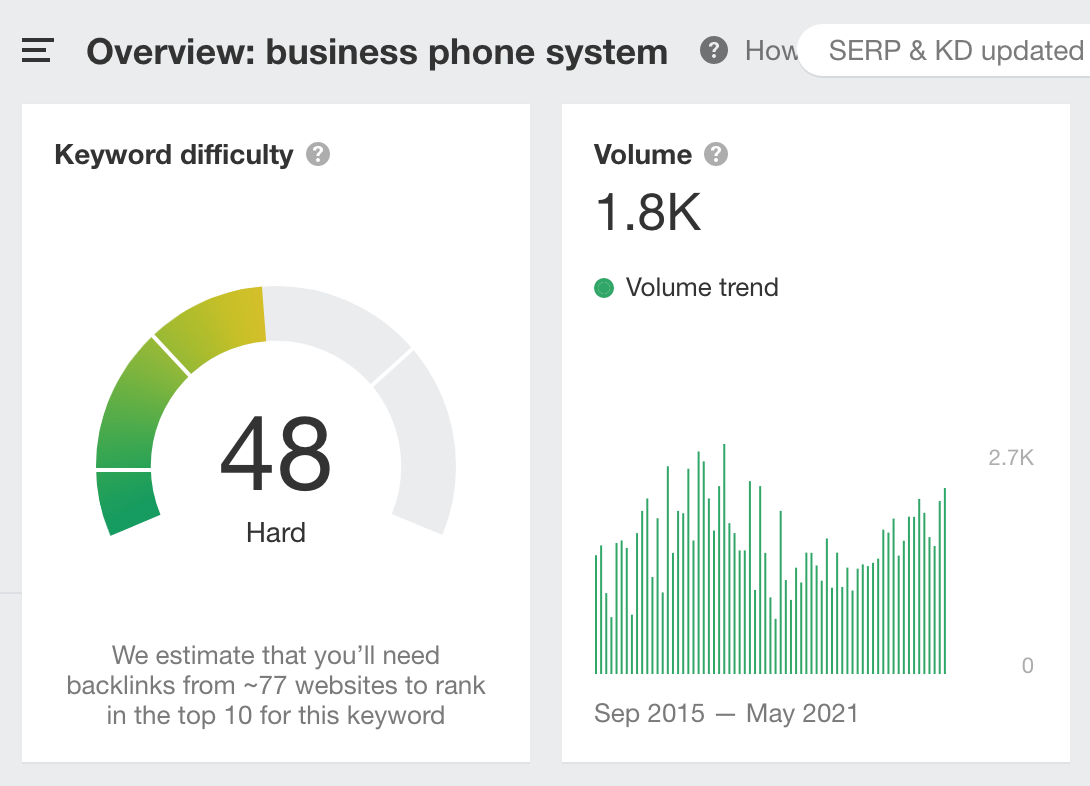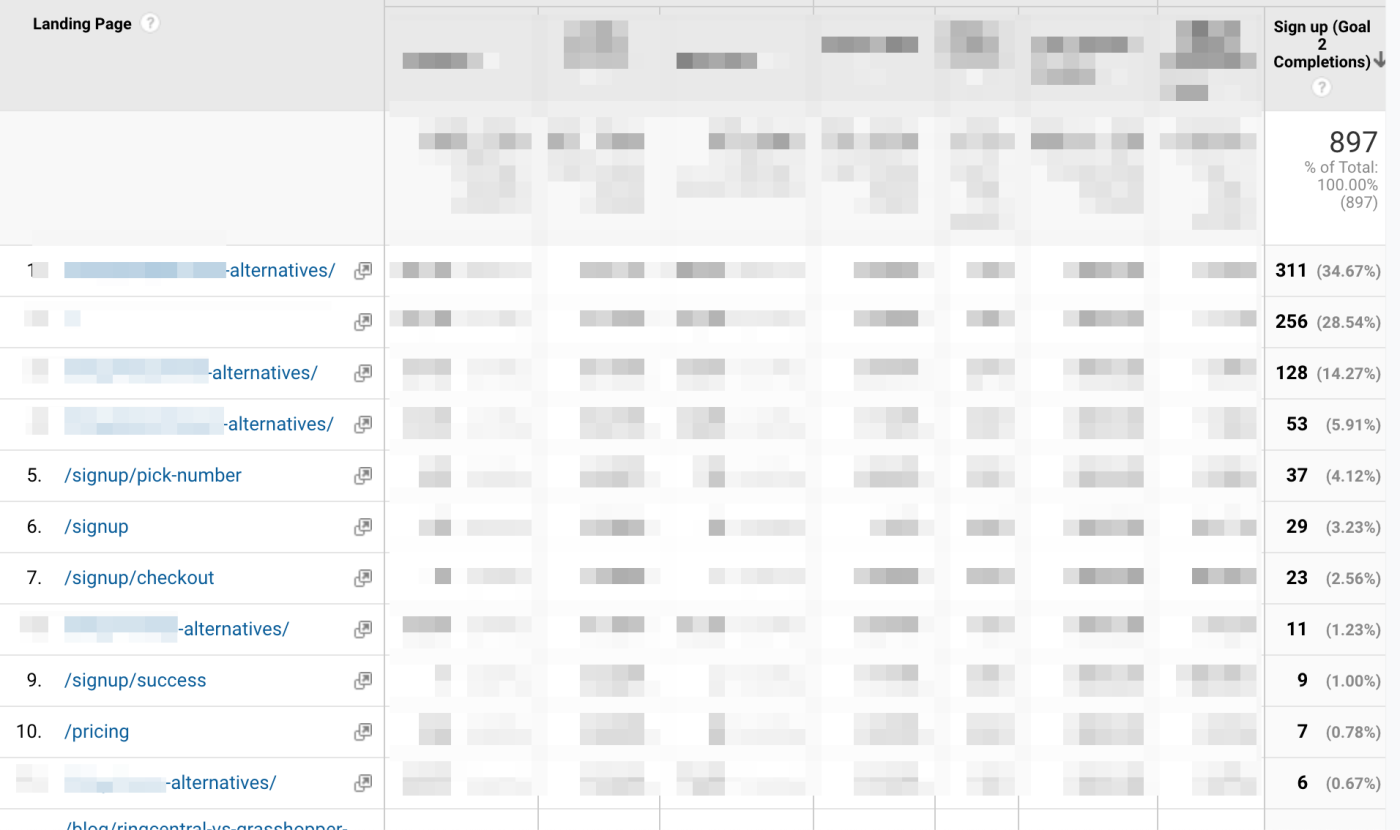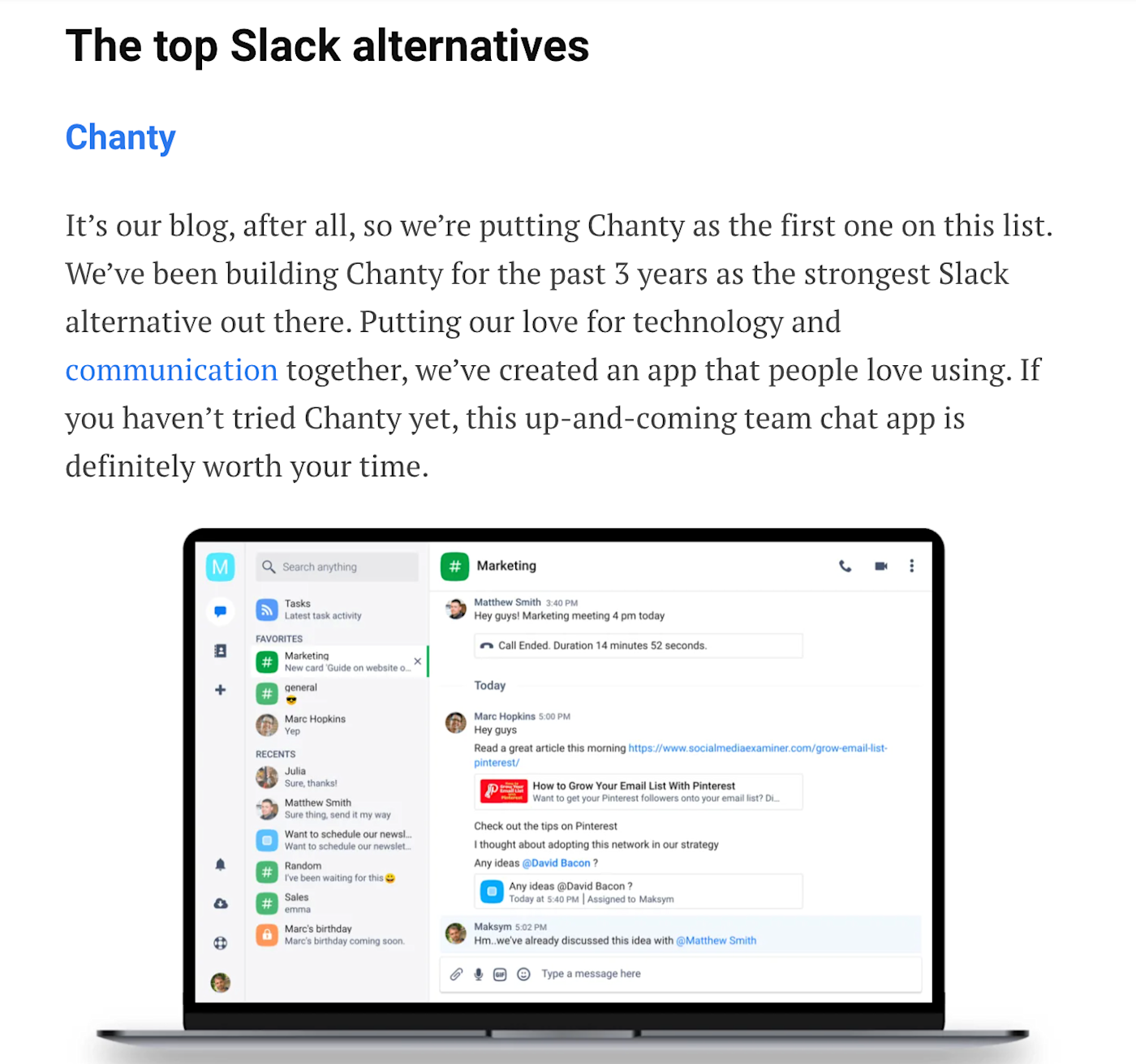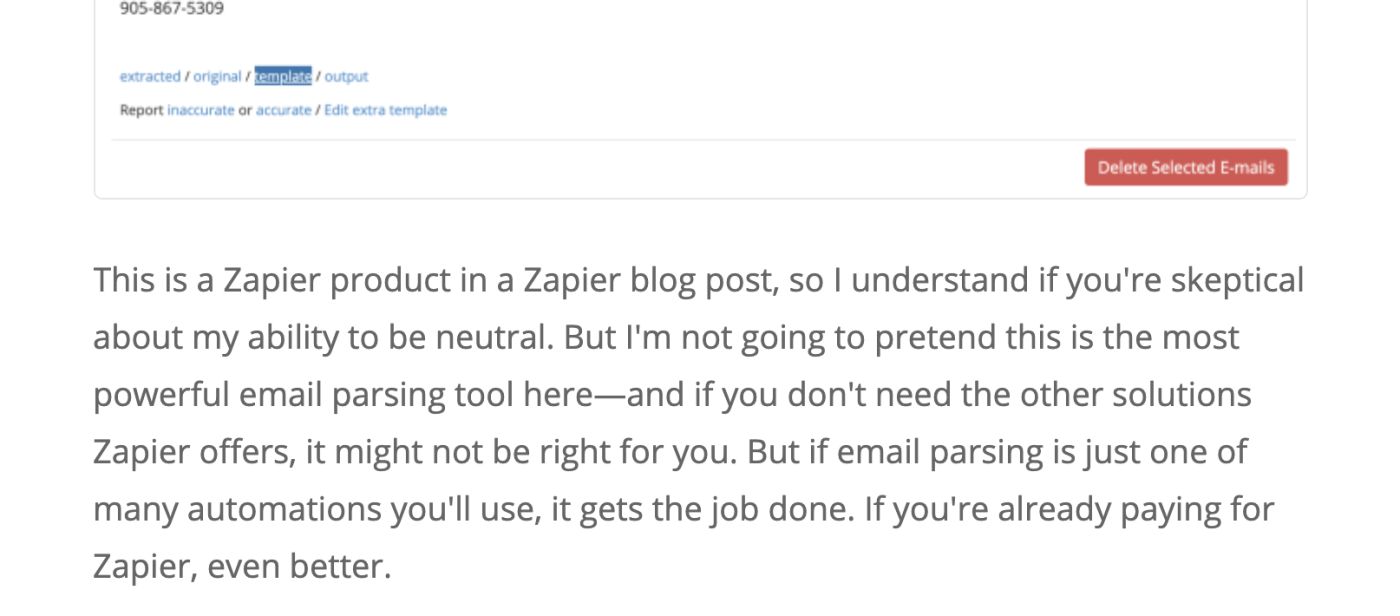About five years ago, when I started my SaaS content marketing journey, generating leads with a SaaS blog was fairly simple. You looked for keywords, covered them with blog articles, built a few backlinks, and watched your traffic grow.
Even in the short amount of time since then, things have changed. The effort, money, and time required to even begin to move the needle have increased enormously as industry giants spend tens of thousands of dollars or more on content marketing every month, inevitably pushing you down in the rankings.
I now run a SaaS content marketing agency, Quoleady, and here, I'll share the three strategies that have helped our bootstrapped clients succeed the most in the past year.
1. Speak from experience
Our client Expandi is a LinkedIn lead generation platform; they launched in 2019 and quickly became the leader in the market, going from $0 to $4M ARR in 14 months. The secret sauce for their success has been the quality of the content they write.
Many content marketers head over to Google, read the first three results for their keyword, and write an article based on that—just regurgitating existing information. Expandi, on the other hand, shares their unique insights, knowledge, and experience you won't find anywhere else. Their long-form blog articles and eBooks are jam-packed with proven templates, best practices, and actionable advice based on their own experiences.
And since Google loves quality content, the focus on quality has turned the Expandi blog into a lead generation machine.

So when you're writing your next blog post, make sure to key into your subject-matter expertise. Talk about what you know—not about what you've read. (You might notice Zapier's blog does the same thing; that's why you're reading this article about what I know, based on my own experiences working with clients.)
Of course, it's not enough to get people to read your articles; you need to make sure they sign up. This is when you can use an approach we call "How to do X with our tool": show how to solve a customer pain point using your SaaS solution.
As an example, here's how Expandi automation is incorporated in an article on LinkedIn growth hacks:

They provide their readers with a helpful process and present their tool as an essential part of it. And throughout the explanation, they bring in their own experiences—in this case, showing how they used this process with one of their Facebook ads.
Don't forget to show your readers the results they can achieve with your tool and encourage them to sign up with well-placed CTAs.
I asked around the SaaS community for other examples of blogs striking the right balance between high-quality, unique content and product promotion. Here's what I found:
lemlist uses the "How to do X with our tool" approach. For example, their "How to send cold emails" article revolves around the process of sending cold emails with Lemlist.
PandaDoc publishes high-quality content and updates it regularly. Their "How to write a business proposal" post was published five years ago, but it still ranks #1 due to regular updates.
Userpilot writes incredibly in-depth, well-researched pieces for their blog. Sometimes their tasks for writers are actually longer than the articles themselves.
2. Write about your competitors
RingBlaze is a bootstrapped beta-stage business phone system from California. Their goal was to get beta testers with content marketing. When we started our work, the project looked like a challenge considering the keyword difficulty of their target keywords.

So instead of diving into the red ocean of keywords, we took a detour: finding high-intent queries around market competitors that weren't that hard to compete against.

By writing fewer than 20 articles covering alternatives and comparisons of their competitors, we brought in 650 beta testers. (The A to Z of this SaaS content marketing strategy is covered in this blog post.) We wrote many more blog posts for RingBlaze after that, covering different topics, but if you take a look at their Google Analytics, the "alternatives" articles are still the ones that bring in lots of leads.

Here's what I recommend:
1. Make a list of your top competitors.
2. Go to a keyword research tool, and look for keywords like "X alternatives." Once you exhaust the "alternatives," keywords go after "X vs Y," "X competitors," "X review," and "X pricing." Check the keyword difficulty and search volume for those keywords.
3. Choose the keywords with the combination of the highest volume and lowest keyword difficulty. 4. Write an in-depth article reviewing alternatives of your competitor. Actually test each tool to keep it honest and unbiased.
5. Put your tool #1 on the list—just be sure to be completely transparent that it's your tool.
6. Add calls to action within the article to sign up for your tool.
7. Once the post is live, work on building quality backlinks to it.
I want to call special attention to one specific thing here: you need to be very clear in these posts that you're doing self-promotion. If you don't do that, you'll lose people's trust. Here's an example from Chanty (more on them below).

Notice how they not only say it's their own tool (and make it a little personal), but they're super explicit in doing so: "It's our blog, after all, so we're putting Chanty as the first one on this list."
Zapier writer Justin Pot emphasizes this point when talking about the difference between good content marketing, which is helpful while also promoting your product, and bad content marketing, which is essentially trying to trick you into buying something. While Zapier doesn't tend to include its own solution in its best apps roundups, when they do, they're also very explicit about it.

The SaaS community pointed me to a few other startups using this same strategy:
Brosix offers lots of team communication tool reviews on their blog.
SendX capitalizes on the "alternative" keywords, ranking very well for some of the queries with the highest intent (e.g., "Constant Contact alternatives" and "MailChimp alternatives").
HelpCrunch relies on the "Intercom alternatives" high-intent keyword as a great source of leads.
3. Join forces with smaller competitors
Before starting Quoleady, I spent three great years as a CMO at Chanty, an easy-to-use team collaboration tool. This was when I learned how the world of SaaS content marketing operates. Thanks to the Chanty blog only, we went from 0 to 10K signed-up teams in just a couple years.
We applied the same strategy we used with RingBlaze, reviewing alternatives of Slack, Microsoft Teams, and other team chat apps. Only this time we went even further. First, we used guest posting as a link-building tool, authoring guest posts covering our high-intent keyword ("X alternative") that linked back to the post on our site.
But guest posting is a pretty resource-intensive (if effective) endeavor. So at Chanty, we also teamed up with smaller competitors to exchange backlinks.
Let's say you have a competitor ranking #2 for your "X alternatives" keyword, and your post ranks #1. You can reach out and offer a deal: you'll put your competitor's review right after yours on your list, and they'll do the same for you. That way even if someone doesn't click on your post, they still see your brand's name. (Again: make sure the review itself stays honest—you don't want to praise an app you don't actually think is good.)
EngageBay also uses this strategy, capitalizing on the "HubSpot alternatives" keyword. They have their own blog post on the topic, and their outreach efforts brought some great mentions in other relevant listicles.
I hope this article gives you some inspiration for your SaaS content marketing. If you have any questions, feel free to reach out to me on Twitter (@olmykh), and I'll do my best to help. And please let me know how a particular technique I mentioned here worked for you!
This was a guest post from Olga Mykhoparkina, founder and CEO at Quoleady, a SaaS content marketing agency on a mission to help great software products get quality leads through top-notch evergreen content. Want to see your work on the Zapier blog? Read our guidelines, and get in touch.





